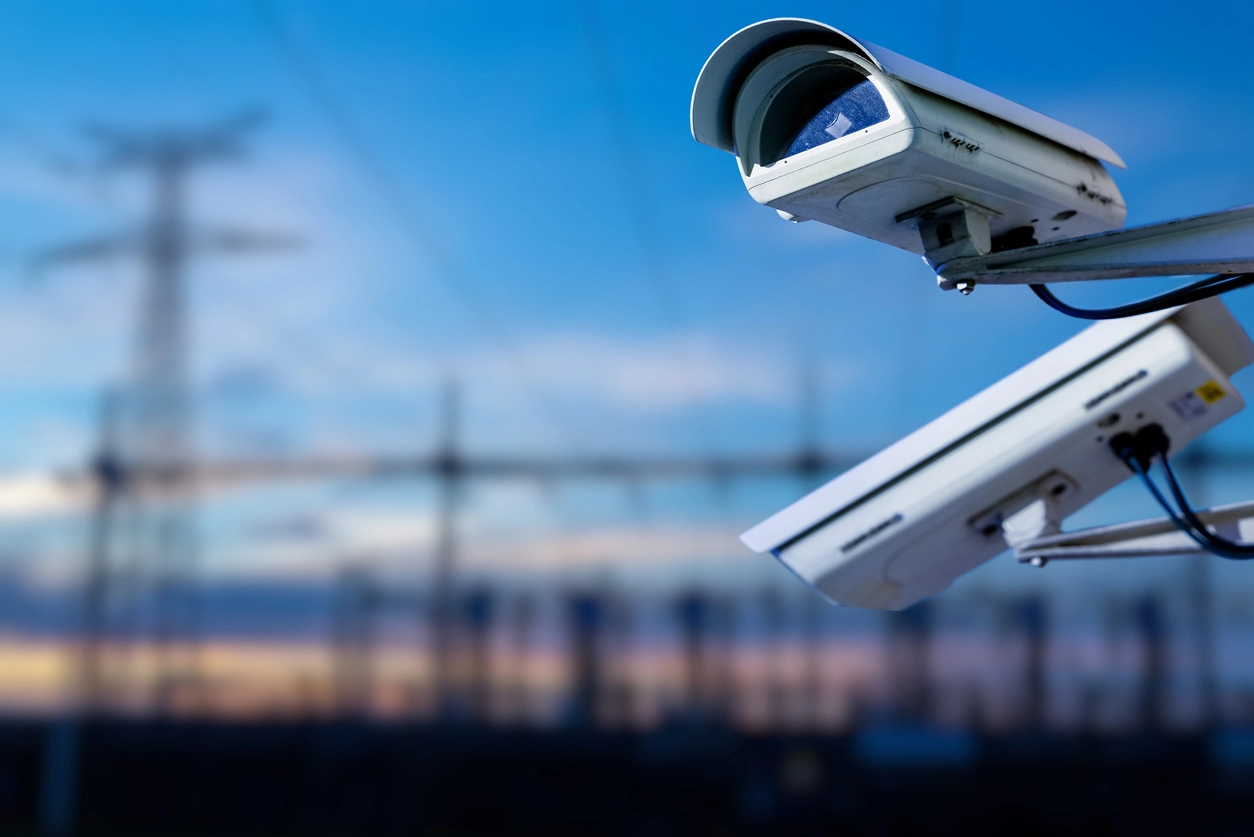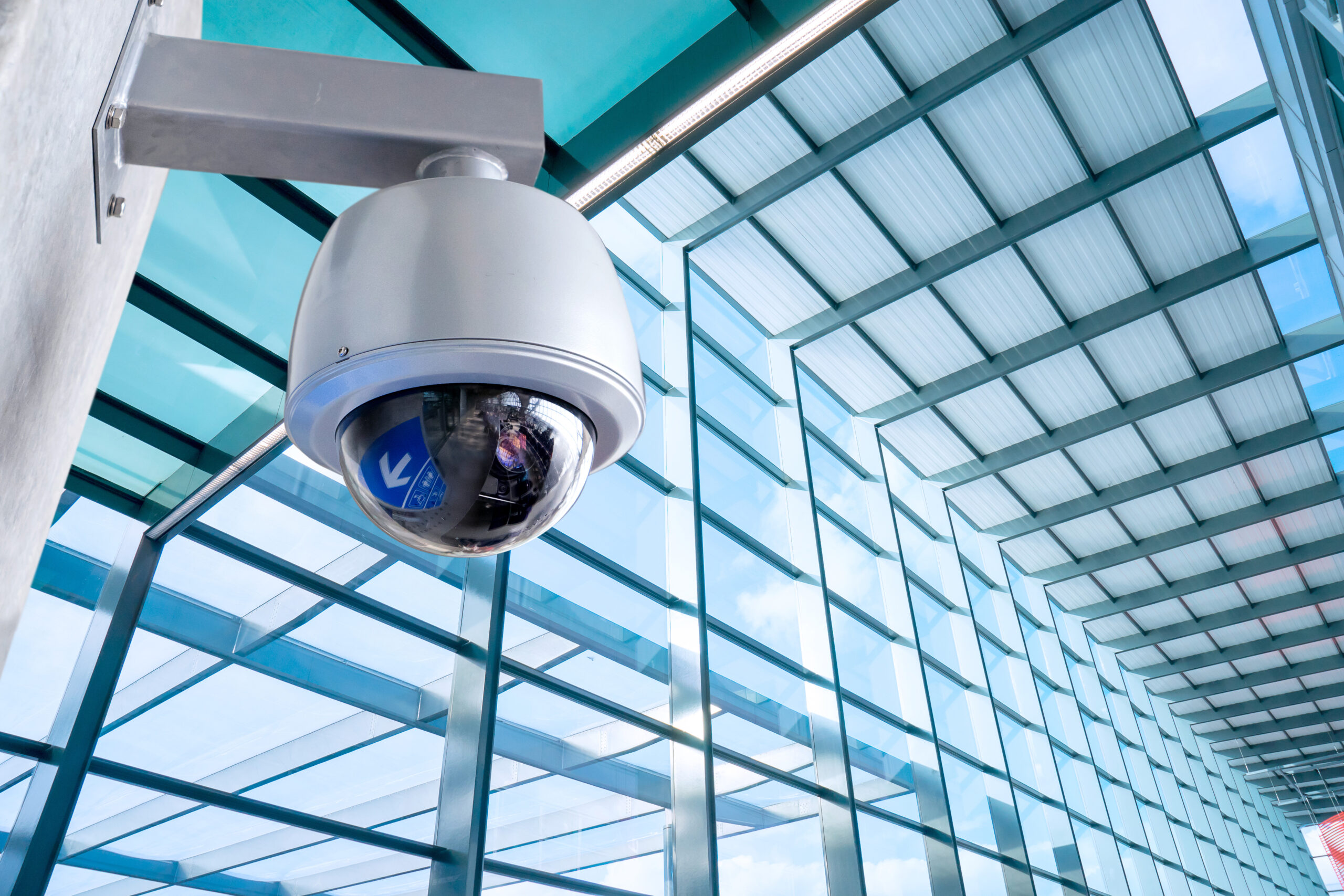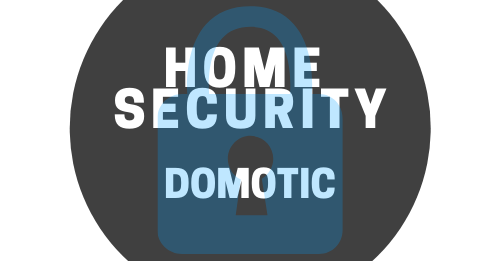Caught on Camera? Why Video Surveillance Isn’t Always Admissible in Court?

CCTV cameras are one of the numerous surveillance options available in the world today. Usually, these devices are used to monitor surroundings and make sure nothing unauthorized or illegal takes place. Decades ago, video surveillance was an option as not everyone could afford such luxury. However, today CCTV is ubiquitous. It is now cheap and thus being installed absolutely everywhere. From homes to street corners and parking garages, surveillance cameras are everywhere.
Surveillance cameras are widely being used as a security and reconnaissance devices because they can keep you and your property safe and deter crime. Rarely will anyone attempt to harm you when they know their actions are being recorded on camera. With the abundance of surveillance cameras, the police can now quickly solve criminal cases with material evidence. However, that doesn’t mean that a trial is over even before it began as there are several factors and technicalities that determine whether a CCTV footage can be used as evidence in court.
Is Surveillance Camera Footage Admissible in Court?

Extraction
First and foremost, you need to know about the legal procedure on how to obtain a surveillance camera footage. Legally, if you need to present a CCTV footage as evidence to the court, the police need a warrant to obtain the footage. If a surveillance camera footage is obtained without a warrant, the evidence is then said to have been obtained by an unreasonable search and provision for protection against unreasonable search and seizure is made in the Fourth Amendment of the US Constitution. And, as per the 4th Amendment, “The right of the people to be secure in their persons, houses, papers, and effects, against unreasonable searches and seizures, shall not be violated, and no Warrants shall issue, but upon probable cause, supported by Oath or affirmation, and particularly describing the place to be searched, and the persons or things to be seized.”
Therefore, if a video surveillance footage is not properly obtained, the footage is deemed as inadmissible in the courtroom. And, even if the face of the violator is clearly caught on camera, the footage will still not be allowed in court.
CCTV Monitoring
Looking for a specific person or event on a videotape can take hours and when you use the manual method, it can even lead to errors and oversights. So, instead of relying on the human effort –which can be unreliable – it is better to use video analytics. This new technology uses advanced algorithms and machine learning to analyze and monitor large volumes of video footage and can quickly search what you are looking for.
Quality of Video
The basic rule for evidence to be admissible in court is that it should be relevant and accurate. If a CCTV footage is used as evidence against a specific person, for example, the recorded video should then be clear enough to identify that person. However, some of the most common problems with surveillance camera footage are that the videos tend to be blurred, grainy or too fuzzy to identify a person clearly. In this case, the video footage is of no use and thus cannot be used as evidence.
Story Isn’t Told on Camera
A camera doesn’t always tell the whole story.
While certain things can be captured by a camera, it is important to remember that a coin has two sides and therefore, what may seem like violence caught on camera could simply be a case of self-defense.
So, while a surveillance camera footage can be presented as critical evidence in a court, it is sometimes not enough to lead to a dismissal or acquittal.
